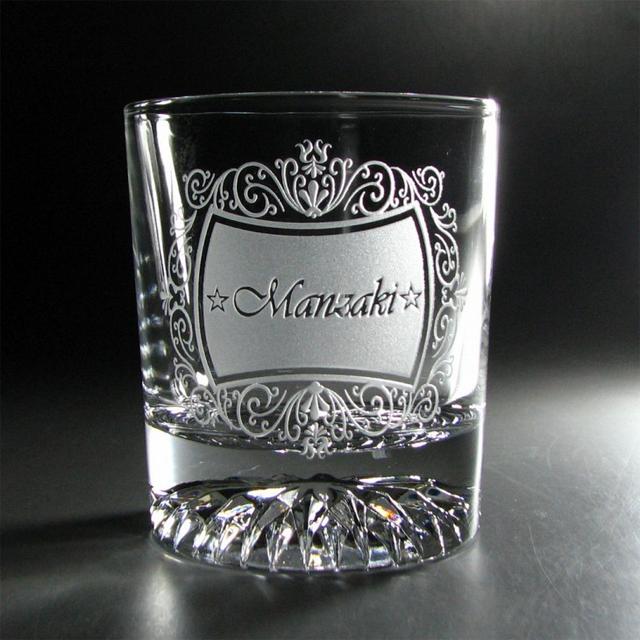Laser manufacturing technology uses the physical interaction between the high energy of the laser and the material to vaporize, ablate, modify, etc. the material to achieve material processing effects. Nowadays, laser processing has rapidly entered all walks of life. Currently, it is still mainly metal material processing, accounting for more than 80% of the entire laser processing application. Since metals such as iron, copper, aluminum and corresponding alloys are hard materials and have better interaction effects with lasers, they are easily suitable for laser processing. For some ordinary metal laser cutting and welding applications, you may only need to know the corresponding optical power, and the research requirements for processing are not very strict.
But in fact, a large number of non-metallic materials are used in life and high-end manufacturing fields, such as soft materials, thermoplastic materials, heat-sensitive materials, ceramic materials, semiconductor materials, and brittle materials such as glass. If these materials are to be processed by laser, the requirements for beam properties, ablation degree, and material damage control are very strict, and ultra-fine processing is often required, even at the micro-nano level. It is often difficult to achieve the effect using common infrared lasers, so ultraviolet lasers are a very suitable choice.
UV laser technology is versatile
Ultraviolet laser refers to the output beam that is in the ultraviolet spectrum and is invisible to the naked eye. Currently, common industrial ultraviolet lasers include solid crystal ultraviolet lasers and gas ultraviolet lasers. Frequency tripling of infrared all-solid-state lasers can produce ultraviolet laser output, most of which have a wavelength of 355nm. At present, the pulse width has been successfully developed from nanoseconds to picoseconds. The most common gas UV laser is the excimer laser, which can be mainly used for eye surgery, chip lithography production, etc. In recent years, fiber lasers have gradually developed products in the ultraviolet band, with picosecond ultraviolet fiber lasers being the most representative.
Since ultraviolet lasers lose a lot of heat during frequency doubling, the cost is still high. It is still difficult to achieve higher power at present. UV laser is often considered a cold light source, so UV laser processing is also called cold processing and is very suitable for processing brittle materials.
Common brittle material processing with UV laser
Glass is a material widely used in life, from water glasses, wine glasses, containers to glass jewelry. Making patterns on glass is often a problem. Traditional processing often results in high damage rates of glass. UV laser is very suitable for glass surfaces. It is suitable for marking and pattern making, and can achieve ultra-fine production.

Ceramic materials are widely used in buildings, utensils, decorations, etc., but ceramics also have many applications in electronic products. For example, some mobile phone merchants have previously launched ceramic back covers, which are widely used in the fields of mobile communications, optical communications, and electronic products. Used ceramic ferrules, ceramic substrates, ceramic packaging bases, ceramic cover plates for fingerprint identification systems, etc.

UV laser wafer cutting: The surface of the sapphire substrate is hard, and it is difficult to cut it with a general cutter wheel. It also suffers from high wear and low yield, and the cutting path is larger than 30 μm, which not only reduces the use area, but also reduces the product output. UV laser cutting wafers can achieve high-precision cutting, smooth incisions, and greatly improve the yield rate.
The Laser Marker Brings Massive Changes to the Metal Industry.
Flying Laser Printer and the Significance of Code Marking in Industry
Distinct Applications of Fiber Laser, CO2 Laser, and UV Laser

